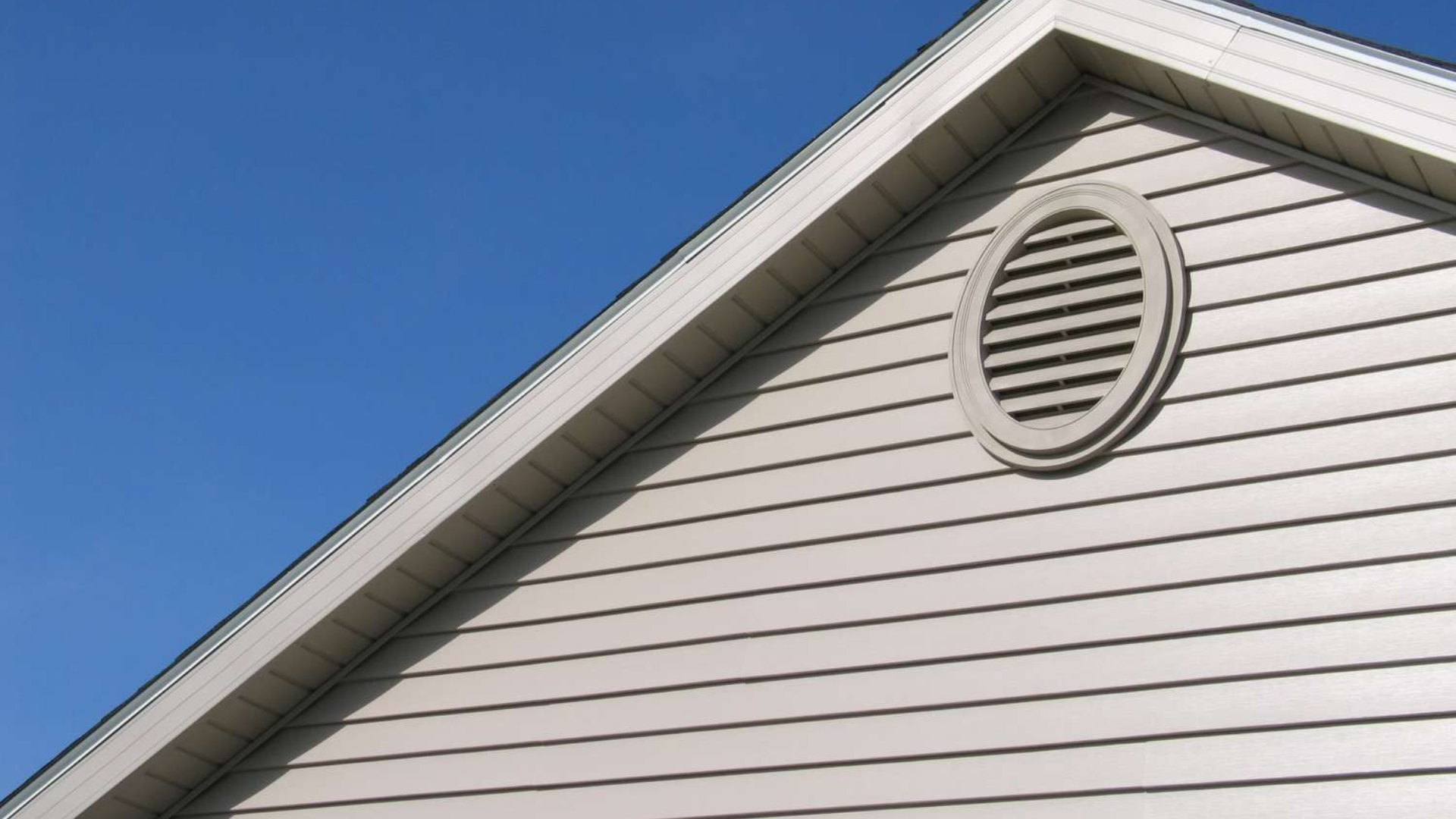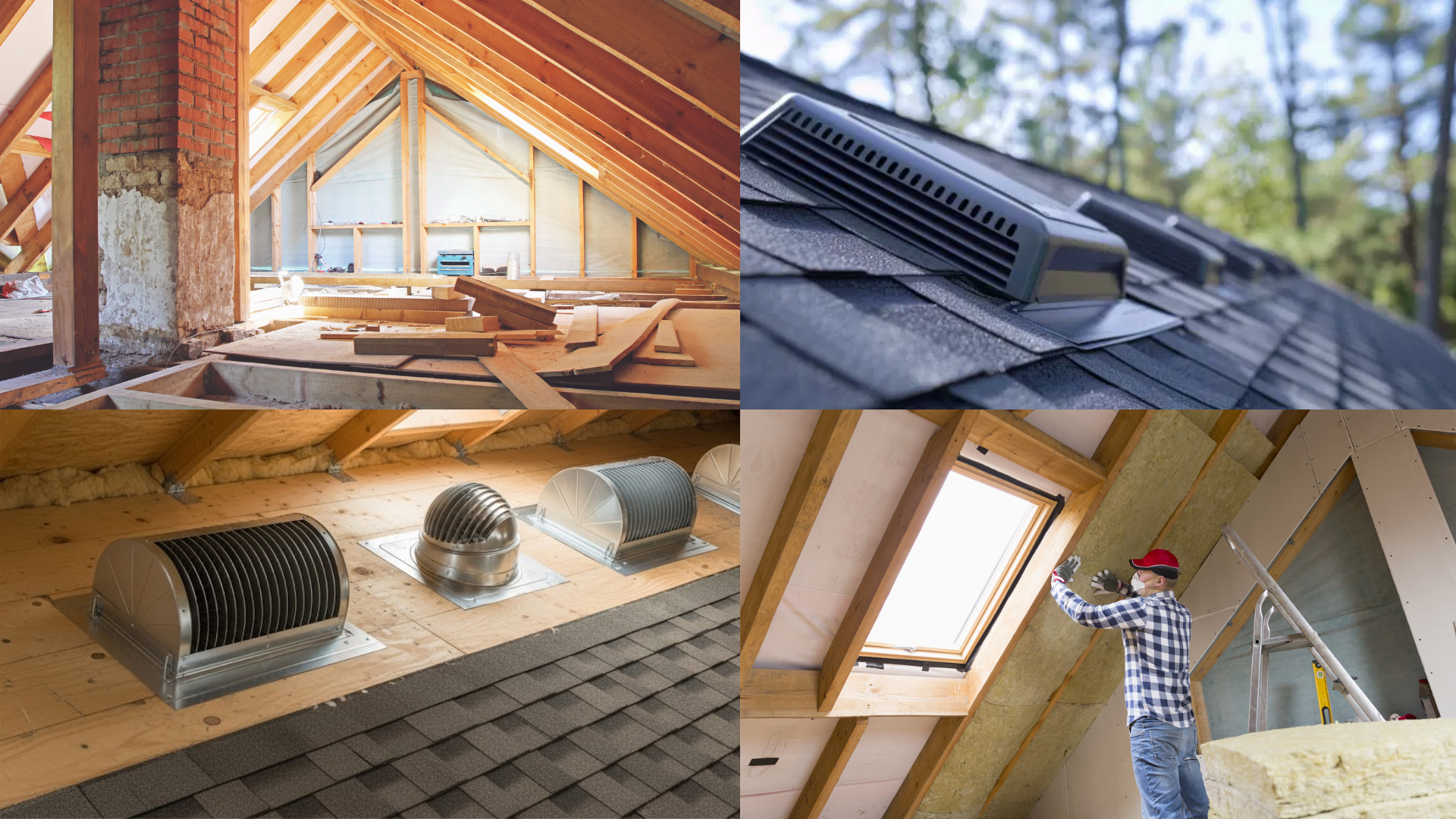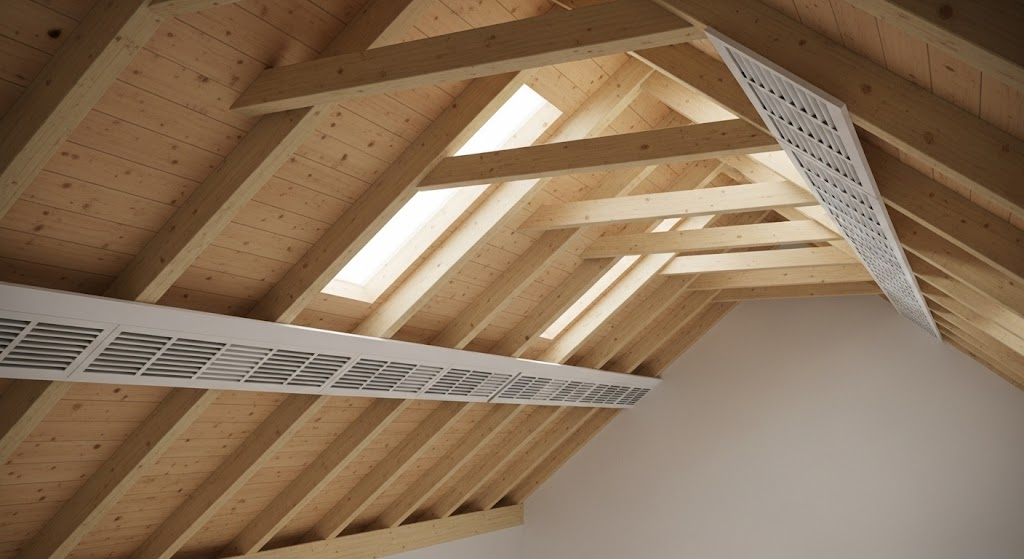Poor attic ventilation can cause a lot of problems in your home, but it’s often easy to overlook.
I still remember the first time I noticed my energy bills going up and unusual smells in the house, only to find out that poor attic ventilation was to blame.
If you’ve been noticing similar issues, it might be time to check your attic.
In this blog, we’ll go over the common signs of poor attic ventilation that you should watch out for. These signs can lead to bigger issues if not addressed, such as mold, roof damage, and increased cooling and heating costs.
I’ll also share why attic ventilation is essential and how it helps keep your home comfortable and energy-efficient.
If you’re here looking for clear answers on how to spot ventilation problems, you’re in the right place. Let’s take a look at what to look for and how to fix it.
What Is Attic Ventilation?

Attic ventilation is the process of letting air flow in and out of your attic, which is crucial for controlling temperature and moisture levels.
Proper ventilation helps avoid problems like mold growth, ice dams, and early roof damage by making sure excess heat and moisture are effectively removed.
This is usually done with intake vents, often found in the soffits, and exhaust vents like ridge or gable vents.
These work together to keep air flowing properly. In summer, attic ventilation stops heat from building up, lowering cooling costs. In winter, it helps prevent ice dams from forming, which can cause water damage to your roof.
Effective attic ventilation contributes to the overall health of your home by maintaining structural integrity and improving energy efficiency.
Why Is Attic Ventilation Important?
Adequate attic ventilation is essential for maintaining a healthy and energy-efficient home.
One of the primary benefits is temperature regulation. Proper ventilation prevents overheating during the summer by allowing hot air to escape and reduces ice dam formation in the winter by keeping the attic cooler.
Moisture control is another key benefit; by expelling humid air, attic ventilation helps prevent mold growth and wood rot, which can compromise the structural integrity of your home.
Additionally, a well-ventilated attic promotes energy efficiency by reducing heat buildup, which lowers cooling costs during hot months.
Finally, attic ventilation increases the roof’s longevity by minimizing the damage caused by excessive heat and moisture, protecting your roofing materials from wear and extending their lifespan.
Signs of Poor Attic Ventilation

Poor attic ventilation can lead to various issues such as excessive heat, mold growth, and roof damage, all of which can impact your home’s comfort, energy efficiency, and structural integrity.
1. Excessive Heat in Upper Rooms
If your upstairs rooms feel uncomfortably warm during the summer, it could be a sign of trapped heat in your attic. Without proper ventilation, heat accumulates in the attic and radiates downward into your living spaces.
This forces your air conditioning system to work harder, increasing energy usage and reducing overall comfort in your home.
2. Ice Dams in Winter
Ice dams occur when warm attic air melts snow on the roof, causing water to refreeze at the eaves. This results in water backing up under shingles, which can leak into the home.
Over time, this cycle can lead to ceiling stains, structural damage, and even costly repairs if left unchecked.
3. Mold and Mildew Growth
High humidity in a poorly ventilated attic can cause mold and mildew to grow, as they prefer warm, damp areas. This can damage insulation and wood structures and reduce the quality of your indoor air.
Over time, mold and mildew can contribute to respiratory issues and other health problems, making early intervention important.
4. Warped or Discolored Roof Decking
Excess moisture caused by inadequate attic ventilation can cause wood decking to warp or discolor. This compromises both the appearance and the structural integrity of your roof.
If left unaddressed, it can lead to sagging, leaks, and further damage that may require costly roof repairs or replacement.
5. Rusted Nails or Metal Components
Rusted nails or metal components in the attic indicate high moisture levels, which are a clear sign of poor ventilation. Excess moisture can weaken structural elements over time, leading to compromised roof stability.
Rust not only affects the appearance of your attic but also reduces the overall strength and safety of your home’s structure.
6. Curling or Cracked Shingles
Trapped heat and moisture in the attic can cause roofing materials, like shingles, to deteriorate prematurely. You may notice curling, cracking, or blistering shingles as a result.
These issues can allow water to infiltrate your roof, leading to leaks and potential damage to the attic and interior of your home if not addressed promptly.
7. Musty Odors Indoors
Persistent musty odors, particularly in the upper floors of your home, often indicate mold or mildew growth in the attic. Poor ventilation causes moisture to build up, creating a space where mold and mildew can grow.
These unpleasant smells can affect your indoor air quality and overall comfort, and are often the first sign of hidden attic issues.
8. Increased Energy Bills
If your energy bills have suddenly increased without any corresponding change in usage, poor attic ventilation might be the cause.
Heat buildup in the attic forces your air conditioning system to work harder to cool the home. This inefficiency leads to higher energy costs, as your HVAC system struggles to regulate the temperature in your living spaces.
9. Water Stains on Ceilings or Walls
Water stains near the roofline or on ceilings and walls often result from condensation in a poorly ventilated attic. Excess moisture from the attic can seep through the ceiling, causing cosmetic damage.
Over time, this can lead to structural issues and even mold growth, creating a significant concern that needs to be addressed to prevent further damage.
10. Pest Infestations
Poor attic ventilation can create a warm, moist environment that attracts pests such as rodents, insects, and other critters. These pests can enter your home through gaps or improperly sealed vents, leading to infestations.
Once inside, they may damage insulation, wiring, and other materials, requiring costly repairs to address the problem.
Causes of Poor Attic Ventilation
Poor attic ventilation can result from factors like blocked or improperly placed vents, insufficient ventilation, and the sealing of vents, all of which limit airflow and lead to moisture and heat buildup.
- Improper Insulation Installation: Incorrectly installed insulation can block vents, preventing proper airflow and reducing ventilation efficiency.
- Roof Design: Certain roof designs, such as low-pitched roofs, can limit the effectiveness of attic ventilation by restricting airflow.
- Clogged Soffit Vents: Soffit vents can become clogged with dirt, leaves, or pests, preventing air from entering the attic and causing poor ventilation.
- Obstructed Ridge Vents: Ridge vents can become blocked by snow, debris, or improperly installed roofing materials, reducing their ability to expel hot air.
- Aging or Damaged Vents: Over time, attic vents can degrade or become damaged, making them less effective at facilitating airflow.
Which Attic Ventilation Method Is Best?
The best attic ventilation method depends on your home’s design, climate, and specific needs. A balanced ventilation system, combining both intake and exhaust vents, is often considered the most effective.
Soffit vents (intake vents) allow cool air to enter the attic, while ridge or gable vents (exhaust vents) expel hot, moist air, creating a natural flow of air that helps regulate temperature and moisture levels.
In areas with high humidity or extreme temperatures, adding a powered attic fan can enhance airflow by actively expelling hot air, especially in larger attics.
In colder climates, a roof vent system with proper insulation may be more suitable to prevent ice dams.
The best method is one that ensures proper airflow throughout the entire attic space, keeping the temperature and moisture levels in check, while also improving energy efficiency and extending the lifespan of roofing materials.
How to Improve Attic Ventilation?
Improving attic ventilation involves cleaning vents, increasing airflow, installing an attic fan, sealing air leaks, and enhancing insulation to ensure efficient temperature and moisture control.
- Inspect and Clean Vents: Ensure all vents are clear of obstructions like insulation, debris, or nests.
- Increase Ventilation: Add more intake or exhaust vents, maintaining the recommended ratio of 1 square foot of ventilation per 150 square feet of attic space.
- Install an Attic Fan: A powered attic fan can help expel hot air more efficiently, especially in larger attics.
- Seal Air Leaks: Prevent warm, moist air from entering the attic by sealing gaps around ducts, pipes, and chimneys.
- Improve Insulation: Proper insulation helps maintain temperature balance and reduces the workload on ventilation systems.
When to Consult a Professional?
While many attic ventilation issues can be tackled with DIY methods, there are situations where it’s best to consult a professional.
If you’re not sure how many vents you need or where to place them, a roofing expert can check your attic and make sure the airflow is just right.
If you notice significant roof damage, such as warped decking or cracked shingles, a professional should inspect the attic and roof structure to determine the cause and make necessary repairs.
Persistent mold or mildew growth is another red flag; a professional can identify the source of moisture and recommend solutions to prevent further damage.
Additionally, if you experience pest infestations in the attic, an expert can help identify entry points and recommend the best course of action.
A professional can provide a detailed assessment and recommend the best solutions to improve your attic’s ventilation, helping you maintain a healthy and energy-efficient home.
Conclusion
After learning about the importance of attic ventilation, I’ve realized that proper airflow is essential for maintaining a healthy and energy-efficient home.
Poor ventilation can lead to issues like excessive heat, mold growth, and even roof damage. These issues not only affect your home’s comfort but can also be expensive to fix.
And by catching it in time, you can prevent further damage and reduce the stress of dealing with major issues down the road.
If issues persist, consulting a professional is the best way to ensure the ventilation system is functioning properly. Don’t let poor attic ventilation compromise your home.
Ready to get your attic in shape? Contact a professional today to improve your home’s ventilation and protect its long-term health.

